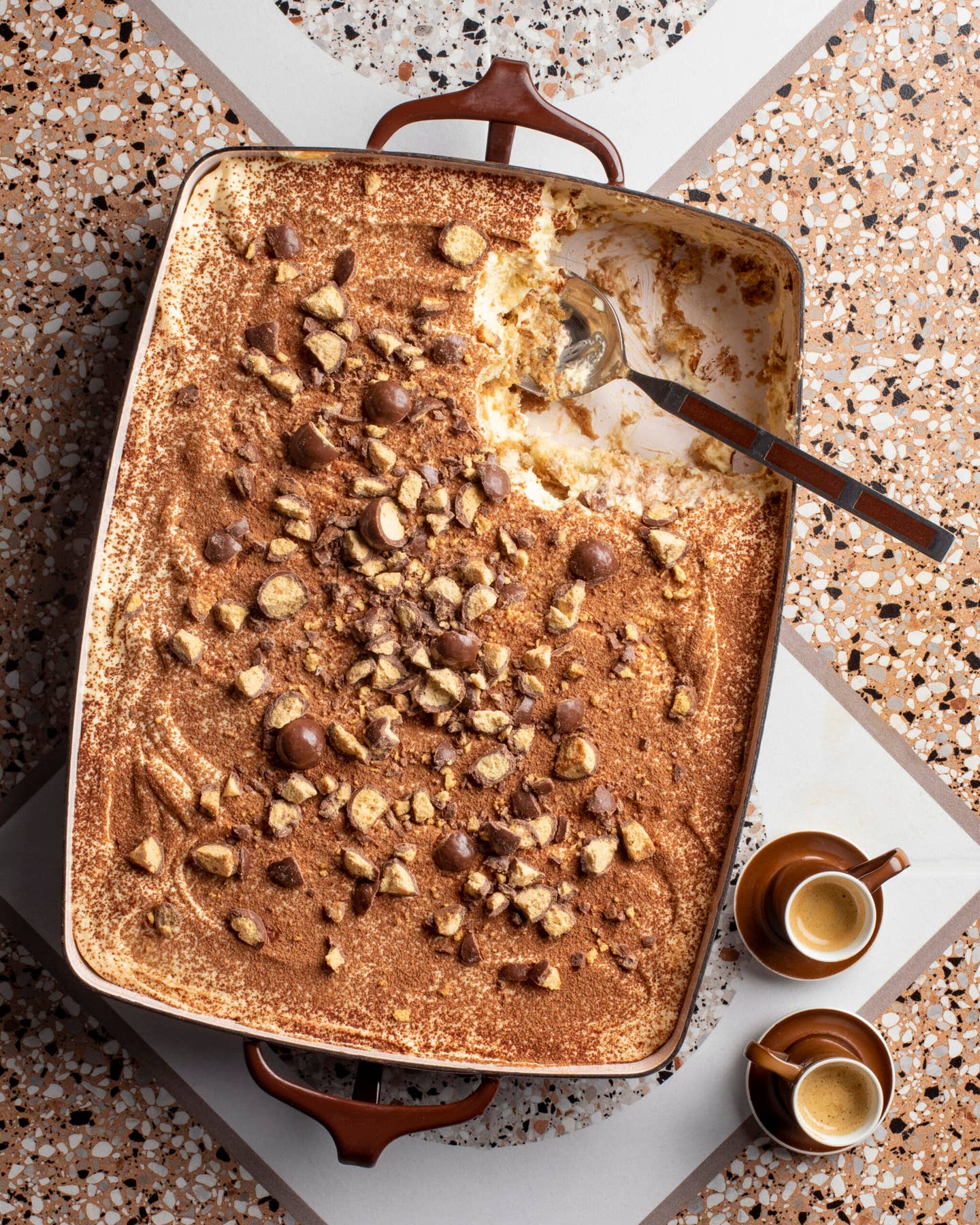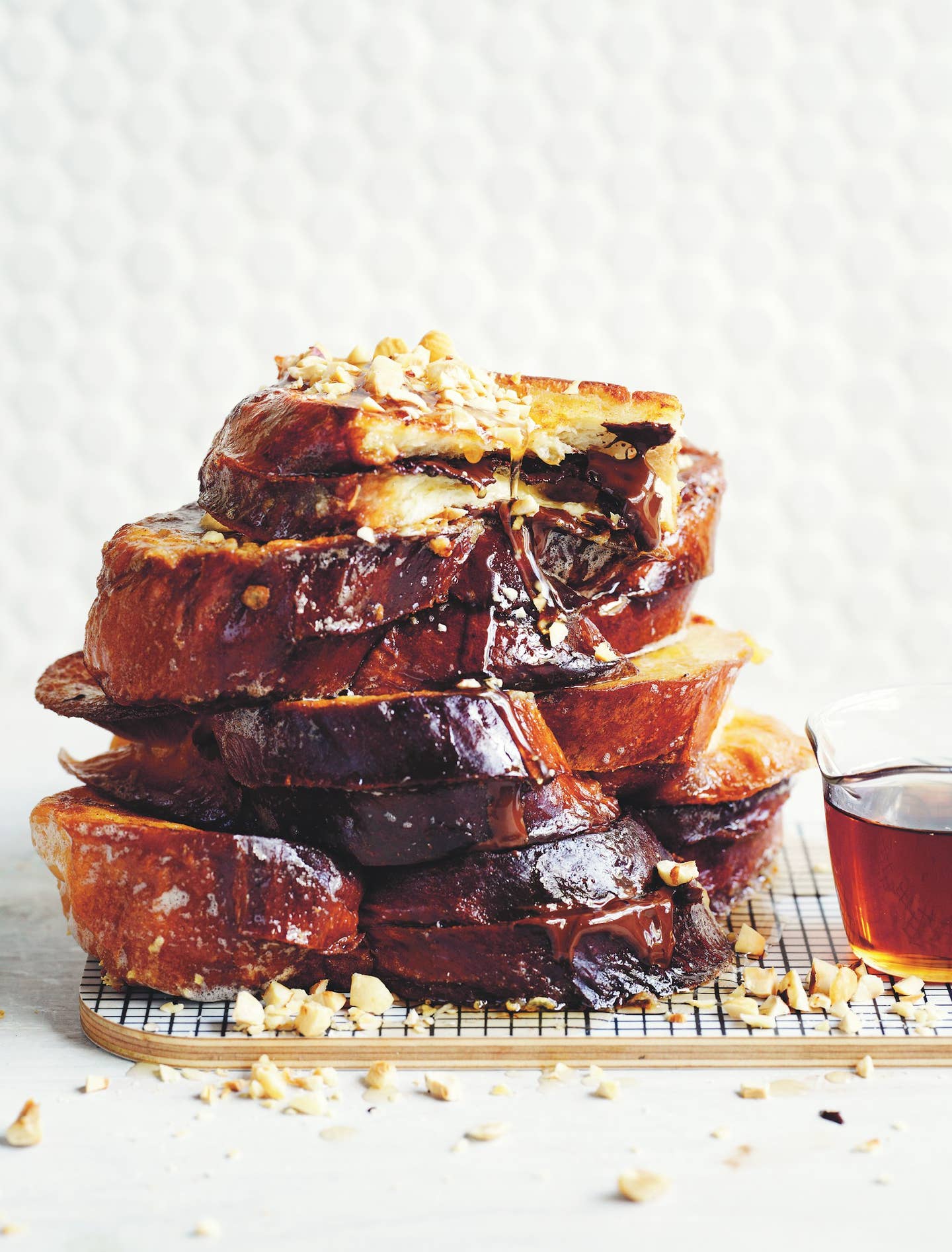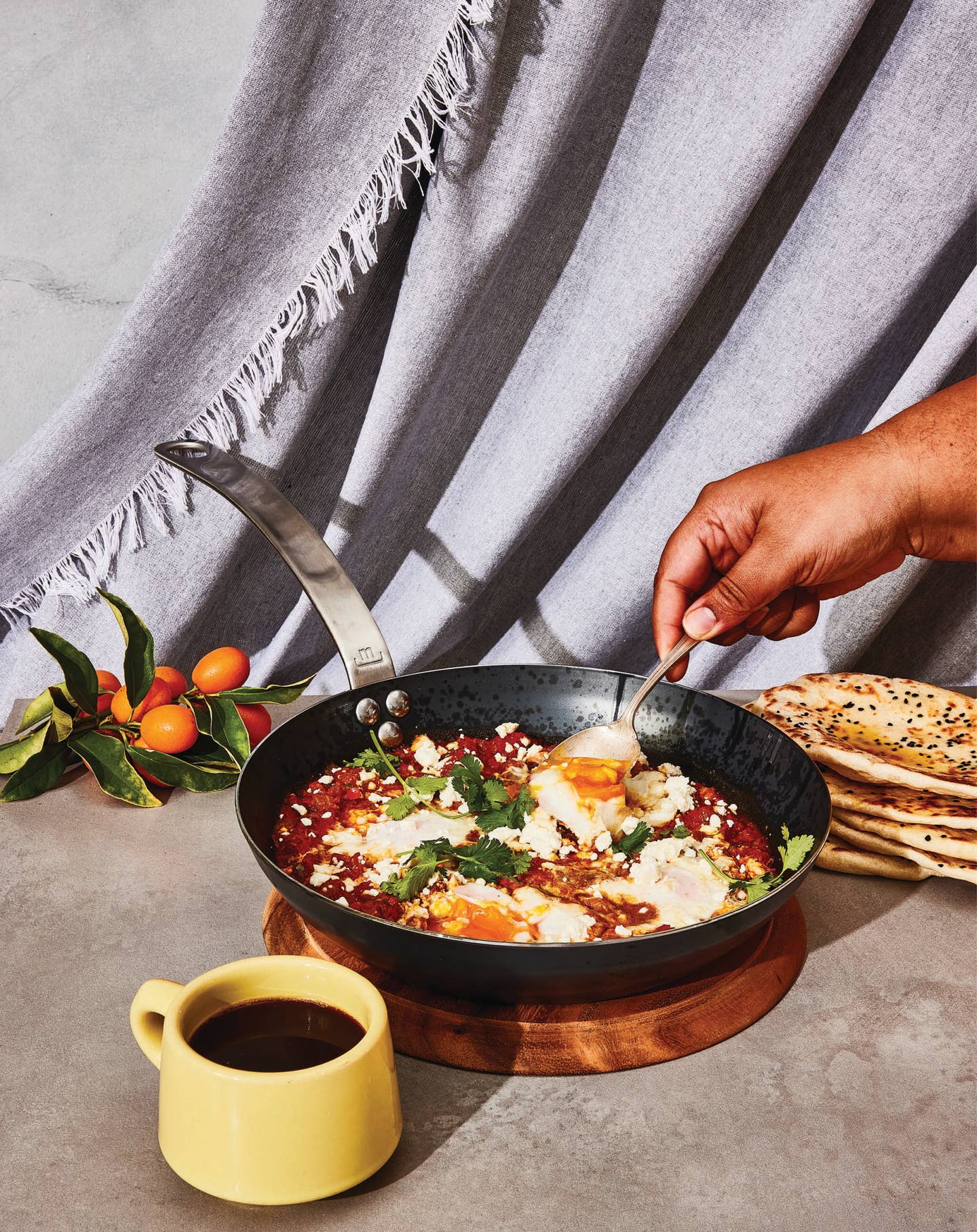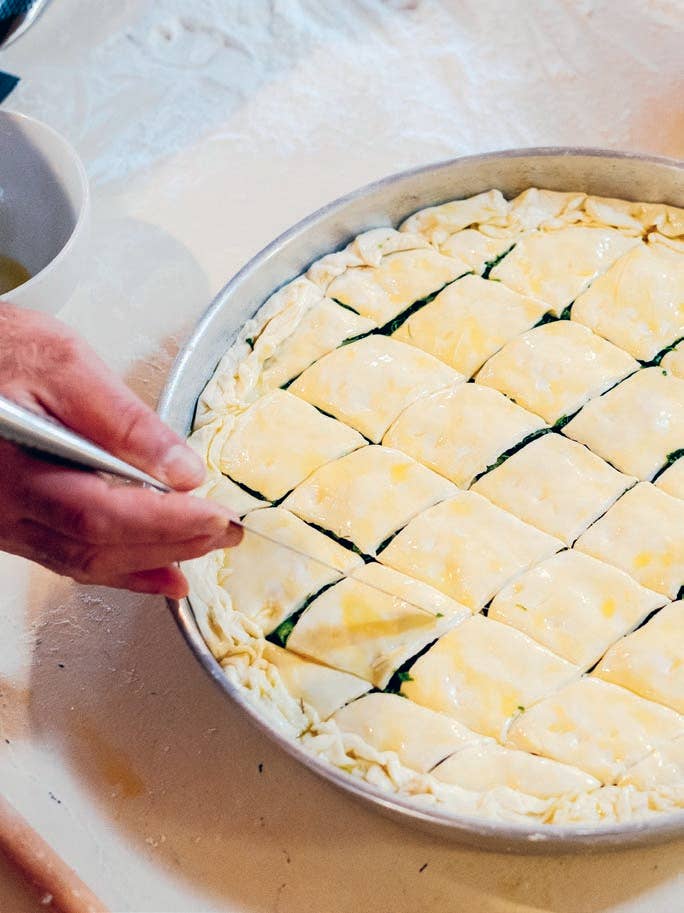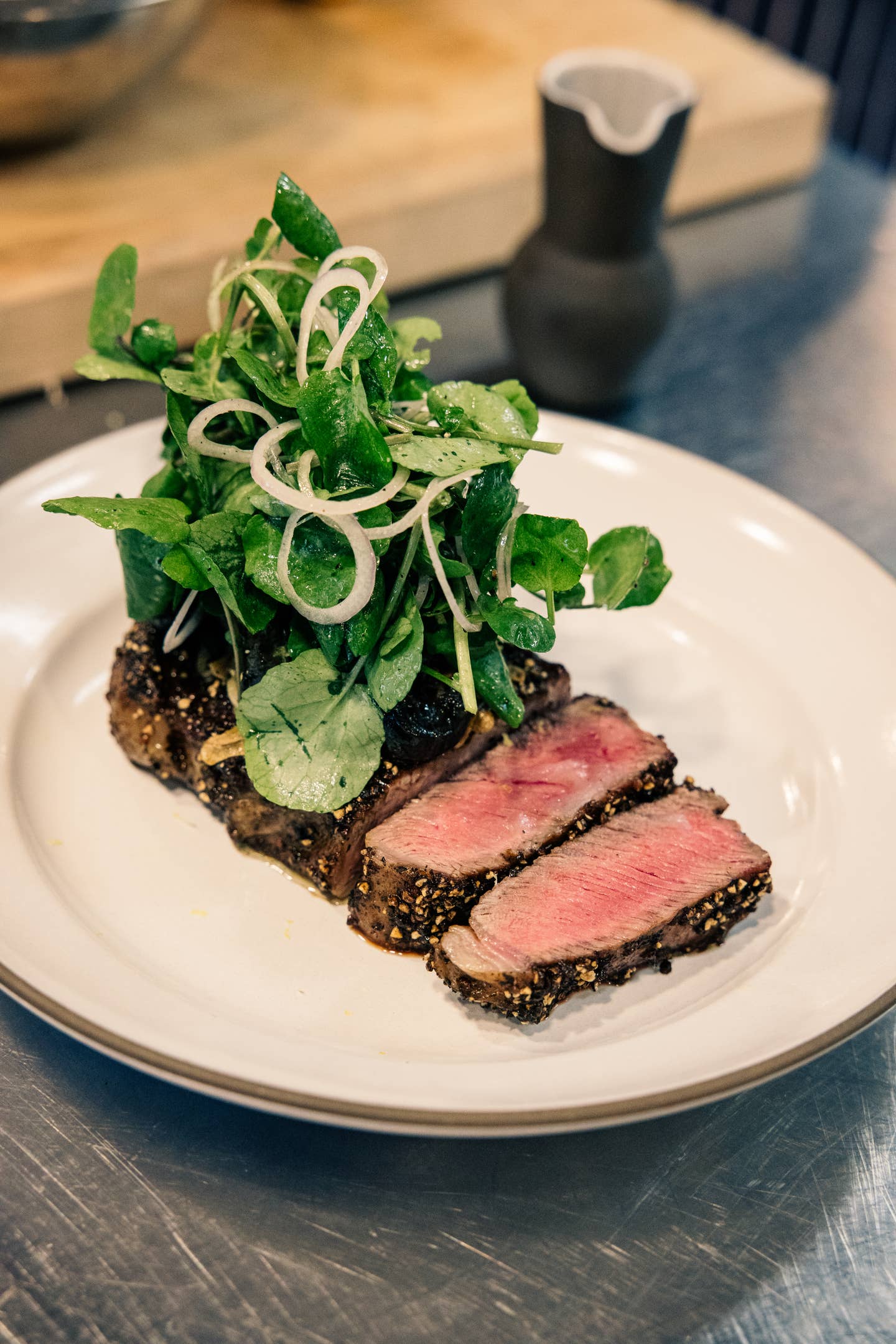In Season Now: Learn New Ways to Cook With Walnuts!
Did you know that walnuts are technically a stone fruit? Walnuts, in the Juglandaceaefamily, are indeed the edible seed kernels of a drupe, which means they are not even true nuts! Nutsor not, these healthy brain-shaped seeds pack a punch in the vitamin department and add depth to both sweet and savory dishes. The most common types of walnuts grown commercially for their edible seeds are Persian varieties, now called Englishwalnuts. Black walnuts, with origins in North America,also have an edible seed, but they are so hard to crackthat they are mostly used for their gorgeous and highly prized (and priced!) wood.
Did you know that walnuts are technically a stone fruit? Walnuts, in the Juglandaceae family, are indeed the edible seed kernels of a drupe, which means they are not even true nuts! Nuts or not, these healthy brain-shaped seeds pack a punch in the vitamin department and add depth to both sweet and savory dishes. The most common types of walnuts grown commercially for their edible seeds are Persian varieties, now called English walnuts. Black walnuts, with origins in North America, also have an edible seed, but they are so hard to crack that they are mostly used for their gorgeous and highly prized (and priced!) wood.
Both the walnut and its oil have been utilized since ancient times. The excavation of petrified, roasted walnut shells found in southwest France show they have been in use since the Neolithic Period, over 8,000 years ago. During the glacial period the walnut died off in parts of Europe, but was likely reintroduced by invaders. The Romans named the walnut tree Juglans regia, and commonly used walnuts to dye wool and human hair. Walnut husks were also used to make durable inks, famously used by Rembrandt and Leonardo da Vinci.
LOCAL CROP
California produces 98% of the U.S.market of English walnuts and 40% of the world market. California currently has 285,350 total acres in walnuts, and locally San Benito County has 1,086 acres of producing trees. Hollister used to be full of larger orchards, but as land was subdivided into smallerplots for housing, many families ended up with a producing walnut orchard in their backyard. Most of these small growers choose to be certified organic due to a higher return on the nuts, and the desire to not live near toxic sprays. Most of the local farmers have their nuts hulled, dried, cracked and sold by Gibson Farms, a walnut processor in Hollister, that also grows walnuts and Blenheim apricots.
Chandler is the leading variety grown in California due to the vigorous, upright trees with high yields and desirable light-colored nuts, followed by Hartley which has a good yield and fruits on terminal buds which are easy to harvest. The Howard variety, arguably one of the best flavored, is also a high yielding nut with strong shells. All three of the walnuts have both male and female flowers but pollen is most often shed before female flowers are ready, so it is necessary to plant two different pollinator trees to set adequate fruit. Franquette is a good choice due to its resistance to late frost and blight, however, it is late to leaf out and may miss some of pollen shed. Cisco is earlier and another good choice. Other varieties that grow well in this area are Payne and Serr. However, Payne requires pruning when trees are young to avoid overbearing, and Serr has a huge canopy and needs to be spaced at least 40 feet apart.
German Soto of The Walnut Farm grows the desirable Howard variety in Corralitos on the late surfer Jack O’Neill’s property. Soto sells his walnuts in the shell at the Santa Cruz Community Farmers’ Markets and has a huge following of customers. People are drawn to this variety because it is creamier and less astringent due to higher oil content. Cracking them oneself provides the freshest tasting nut, and even folks who don’t care for walnuts seem to love the Howard.
Walnuts are a wonder nut, full of powerful polyphenols that are present in their papery skins and fight oxidative stress and inflammation. Shelled walnuts are 65% fat, 15% protein, 14% carbohydrates, 7% fiber, and 4% water. Theyhave loads of fiber, protein and potassium, heart healthy vitamin E and omega 3s, folate and B6. Eat some before bed to get a good night’s rest; they have some of the highest naturally occurring melatonin as well as magnesium. Eating walnuts feeds your microbiota and increases the beneficial bacteria including one called butyrate, which is a fat that nourishes your gut and improves its health.
HOW TO ENJOY
I have found some interesting uses for walnuts that are a good way to incorporate their health benefits. You may want to ask a walnut farmer for bulk pricing. I go directly to the farm and pick up 25 lbs. at a time, which gets a substantial discount. If you buy in bulk, freezing keeps them the freshest; otherwise, refrigerate.
Walnuts are so delicious; a chocolate chip cookie just isn’t the same without walnuts in it. But, have you tried replacing the butter or oil in chocolate chip cookies with walnut oil? So delicious and heart healthy! Or use walnut oil to make a delicious fall vinaigrette (equal parts oil and aged balsamic vinegar, a splash of maple syrup and some sautéed shallots, salt and pepper) and serve atop a salad with chunks of roasted butternut squash, goat cheese and candied walnuts.
Candied walnuts are easy to make. Simply toast them on a skillet with butter, ghee or my favorite, Miyoko’s vegan butter, add maple syrup, honey or agave syrup and some vanilla, stirring until coated. You can add cinnamon and black pepper to spice them up, if you like. Let them dry on parchment paper, then store any you don’t eat in the refrigerator.
Try making your own walnut butter with a food processor. You can use raw walnuts, or roasted nuts, or my preferred way—soaking then dehydrating before grinding, which makes them easily digestible. Add cacao powder for a delicious chocolate walnut butter. Or simply dunk a chunk of dark chocolate in plain walnut butter.
Walnuts also make a tasty coating for fish or chicken. Just toast and crush in a food processor and use instead of breadcrumbs.
Walnut milk is almost non-existent on grocery store shelves and it just happens to be my favorite type of nut milk, because it is so rich and creamy. First, soak 2 cups of walnuts overnight in water to remove the bitter tannins and make them more digestible. Pour out the water. I use an electric nut milk maker called the Almond Cow, which makes short work of nut milk, but a blender and a nut milk bag work just fine. Put softened walnuts in the blender or in the nut milk machine with 7 cups of fresh water, 1 teaspoon of vanilla, a pinch of salt and cinnamon. Blend until creamy, about 2–3 minutes. Strain through nut bag. Store in the refrigerator and use within 4 days for best flavor. Save the meal for a walnut spread or pâté.
Use walnut meal left from making milk to make walnut meal pâté, by folding in minced olives of any variety, sundried tomato pieces, fresh herbs like parsley, basil or thyme, juice and zest of a lemon, and salt and garlic, to taste.
Try making muhammara, a Turkish walnut pepper dip, by adding roasted red peppers. Blend the walnut meal with three, roasted and peeled red bell peppers, 3/4 cup olive oil, 4 raw garlic cloves, the juice and zest of one lemon, 1½ teaspoons paprika, ½ teaspoon cumin and 2 tablespoons of pomegranate molasses (this is optional; if you don’t have it, just leave it out). Pulse in the blender until creamy, add salt and pepper, to taste. Great with warm bread, as a sandwich spread, or on top of steamed veggies.
MAKE WALNUT BOOZE!
Get your hands on some green walnuts and make some nocino. In Italy there is a special day for gathering green walnuts called the Feast Day of San Giovanni. Italians like this liqueur in their coffee, where it is called caffè corretto or corrected coffee. It is also poured over gelato or used in place of vanilla extract in making biscotti or simply as an after dinner digestif. The flavor is nutty, slightly bitter, yet sweet, with the taste of vanilla and oak.
All you need is about 30 immature green walnuts chopped into quarters (be sure to use gloves or your hands will turn black!), a sliced open vanilla pod, a few allspice berries, a portion of a cinnamon stick, long strips of zest from 1 large lemon, and 1 liter of 50% proof vodka or cane alcohol. (Some people add a handful of coffee beans to the mixture, which is tasty but makes the nocino taste a bit more like coffee liqueur.) Put all ingredients in a half-gallon jar, add the alcohol and seal the lid well, store in the pantry, and shake every so often to blend ingredients. After at least 8 weeks, filter through cheesecloth, removing the solids and leaving just the liquid. Next, make a simple syrup by heating 10 ounces of water, 5 ounces of sugar and a squeeze of a lemon. When cool, add to walnut liquid, stir, and taste. At this point the nocino can age in the pantry and can be pulled out for holiday cocktails! Be sure to filter the mixture again by pouring it through a coffee filter, as this will remove bitter tannins that settled. The flavor mellows as it ages and will keep forever due to alcohol content.
Jamie Collins is the owner of Serendipity Farms, which you can find at all of the Santa Cruz Community Farmers’ Markets and at the Pacific Grove farmers’ market on Mondays. Reprinted from Edible Monterey Bay.
